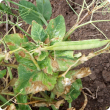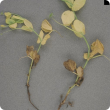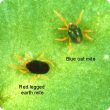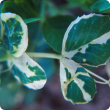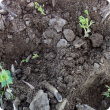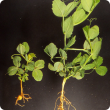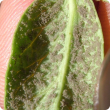Pulses
Western Australian pulse production is relatively small producing on average 95,000 tonnes over the last 5 years delivering about $50 million to the State economy. The major pulses grown in WA are field pea, faba bean and chickpea with smaller amounts of lentils also grown in some seasons.
The top export markets for Western Australian pulses are China, Bangladesh and the Philippines.
The Department of Primary Industries and Regional Development supports the pulse industry through the production of the pulse variety and agronomy guides which is available in DPIRD’s Crop Sowing guide; and support for germplasm development and evaluation.
Filter by search
Filter by topic
- (-) Remove Pests, weeds & diseases filter Pests, weeds & diseases
- (-) Remove Field peas filter Field peas
- Diseases (254) Apply Diseases filter
- Crop diseases (246) Apply Crop diseases filter
- Fungi (238) Apply Fungi filter
- Herbicides (6) Apply Herbicides filter
- Control methods (6) Apply Control methods filter
- Chemicals (6) Apply Chemicals filter
- Viruses & virus-like (3) Apply Viruses & virus-like filter
- Pests (3) Apply Pests filter
- Pest insects (2) Apply Pest insects filter
- Mites & spiders (1) Apply Mites & spiders filter
- Grains research & development (1) Apply Grains research & development filter
- Bacteria (1) Apply Bacteria filter

